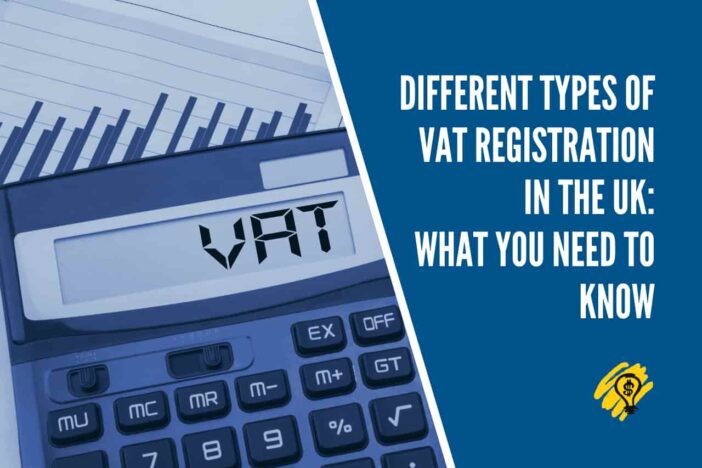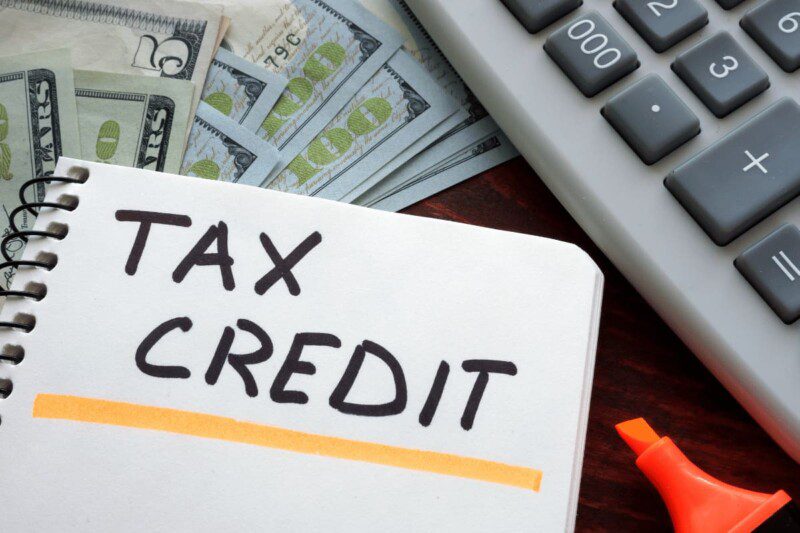VAT, or Value Added Tax, affects all businesses and consumers in the UK because this sales tax applies to goods and services sold. Not only do consumers pay VAT on the purchase of services and items, but businesses are also charged VAT. If you’re running any kind of business in the UK, it’s important to understand the different types of VAT registration, to ensure you meet your responsibilities to HMRC.
The HMRC sets guidelines for VAT registration, and the VAT tax you are required to pay will depend on various factors, most notably your annual volume of sales.
Read on for a general overview of the different types of VAT registration, and keep in mind that this is not intended as individual tax advice! Always consult an accountant or other qualified professional about your business’ tax situation and responsibilities.
VAT Registration
HMRC sets a VAT registration threshold, beyond which you need to register officially for VAT. From January 2021, this threshold is £85,000 in annual sales. If your business exceeds this threshold, it’s compulsory to register for VAT.
Some businesses choose to register for VAT even if they don’t meet the minimum sales limit. This is known as voluntary registration, and in some cases, it can allow businesses to claim back the VAT on costs and expenses.
However, you may find yourself at a disadvantage if your customers, who also own a small business, aren’t registered for VAT, as they won’t be able to claim the VAT back that you charged. This means that your customers would have to pay more for your goods and services.
You have to file a VAT return to HMRC that shows how much VAT you are required to pay and how much VAT you have claimed on payments you’ve made. This VAT return shows the difference between the outgoing and incoming VAT, indicating how much you have to pay to HMRC. Therefore, whether or not you choose to register for VAT, it’s essential to keep detailed financial records for your business.
VAT Grouping
A VAT grouping is when two or more organizations or LLPs (Limited Liability Partnerships) are considered as a single taxable entity for VAT purposes. This group is treated the same way a single company in terms of VAT. There is often a single VAT return for the whole group, which means less hassle for all partners. It’s a good idea to hire a qualified professional to manage your VAT grouping, who will put anti-avoidance provisions in place for your partnership.
How to Register for VAT
Your business must be registered for VAT with HMRC if your annual taxable turnover is more than £85,000. Your taxable turnover is the total revenue you receive from items that can be subject to VAT. There are certain exemptions, for example, you cannot include earnings from certain financial services, postage stamps, and lottery ticket sales.
Once your business is successfully registered with HMRC, you will be awarded a VAT registration certificate that will contain your allotted:
- VAT return
- Payment Details
- VAT Number
- Effective VAT Registration Date
You cannot be charged VAT on invoices until you know your individual VAT number, though you will be asked to pay VAT for the period in question. The UK government recommends that you must increase your prices across this period. You can always be honest and explain to your customers what has happened and reissue invoices declaring VAT once you have received your VAT number.
Once you have registered for VAT, you will be required to:
- Pay applicable VAT
- Charge VAT correctly
- Keep VAT records
- Submit VAT returns
- Open a VAT account
- Comply with HMRC policies
You can register for VAT online with HMRC and this is very easy to do. Visit the UK government’s VAT Registration Hub to register your business for VAT. Alternatively, you can outsource this task to qualified professionals who have an understanding of HMRC policies and will ensure you disclose all the required information and submit accurate documents.
You can also register for VAT by post. To do this, you’ll need to download a VAT 1 form, fill in the relevant details, attach all essential documents and then send it to HRMC via the mail.
What is a VAT Certificate?
All of this is important to make sure you register for VAT and ensure that your business comply with the government’s laws and HMRC regulations. HMRC will then issue you a VAT certificate – this is a document that shows that your business is registered for VAT and you should receive the certificate within 30 working days of registration. You will also receive a unique VAT number to be printed on the invoices you issue.
Key Takeaways
All businesses need to register for VAT once their taxable turnover surpasses a certain threshold. This threshold can change from year to year, as can the tax rate. Therefore, it can be a good idea to consult with a qualified professional to ensure you meet your VAT responsibilities, as the experts are up to date with the latest changes to regulations.



